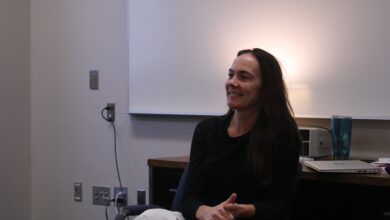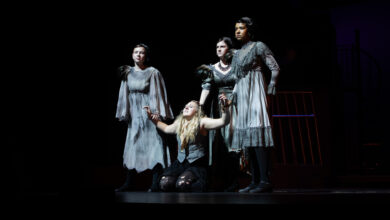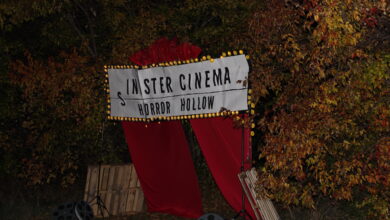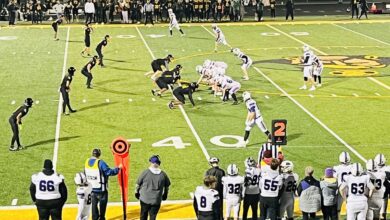The set up of a court room, crowded the stage with seven perfect name cards accompanied by seven perfectly placed water bottles indication where each of the state’s Justices would assemble for the day.
After prolonged moments of silently waiting, the Marshall crosses the floor, bangs her gavel and demanded, “All rise for the Justices of the Supreme Court of Minnesota.”
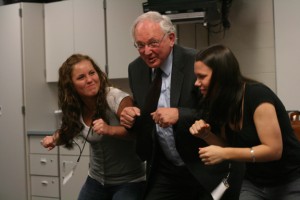
Immediately, more than 850 members of the audience obeyed as the seven Supreme Court Justices filed onto the stage.
The trial began with the appellant’s attorney making his appeal argument explaining that the evidence presented in the previous trial was not reasonably foreseeable and the testimony from the expert was hearsay and should not have been allowed into the courtroom.
The prosecutor was then given her chance to make her opening statement where she defended the use of the expert testimony which uncovered the words from the contact card that stated that the defendant was a member of the Menace of Destruction (MOD) gang. She discussed the pattern of a gang member which could only be described by an expert in the field.
Overall the case was an appeal to try to get the defendant, Meng Vang, a lesser time sentence. Throughout the trial, the seven Justices cut in during the arguments, questioning the statements each lawyer made.
“We pretty quickly forget we’re in a school and remain focused on asking questions,” said Chief Justice Eric Magnuson. “We don’t ask questions to be funny, but to get answers and test points. We push them to see how hostile they get.”
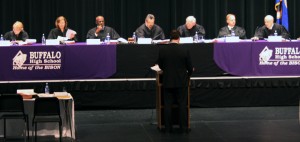
For the student body, the interaction between the Supreme Court members served as a learning experience, allowing youth the opportunity to see the events of a real court case.
Twenty-nine Supreme Court cases have been held in local high schools with each Justice having their own opinion of the mission behind exposing students to the reality of trial.
According to Justice Lorie Gildea, “It’s a two-way educational street. We learn more about the ministries we serve and help educate the students.”
The main purpose was touched on by both Magnuson and Justice Christopher Dietzen. They stated that promoting the public trust of the judicial system and educating the public on what the Supreme Court is allows students to see how seriously the rights of the accused are taken.
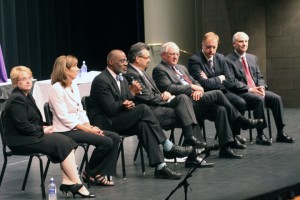
After answering questions brought forward by the students, the Justices met individually with classrooms where they presented the judicial system in a unique way that would intrigue youth and hit on the overall purpose of the day.

